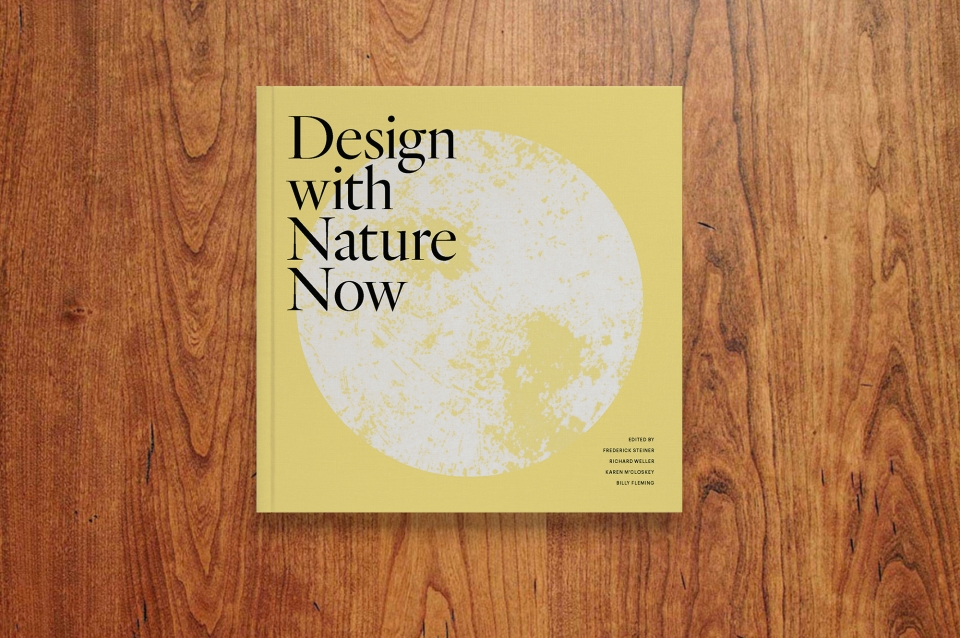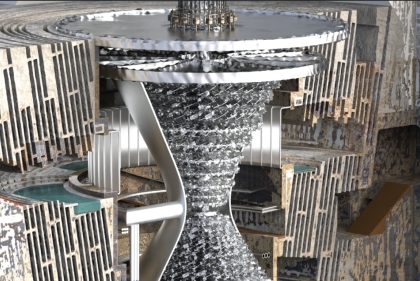July 24, 2019
New Book ‘Design with Nature Now’ Amplifies Ian McHarg’s Seminal Manifesto on Ecological Planning and Land Use

Design with Nature Now, the new book from the Weitzman School and the Lincoln Institute of Land Policy

 Expand Image
Expand Image
